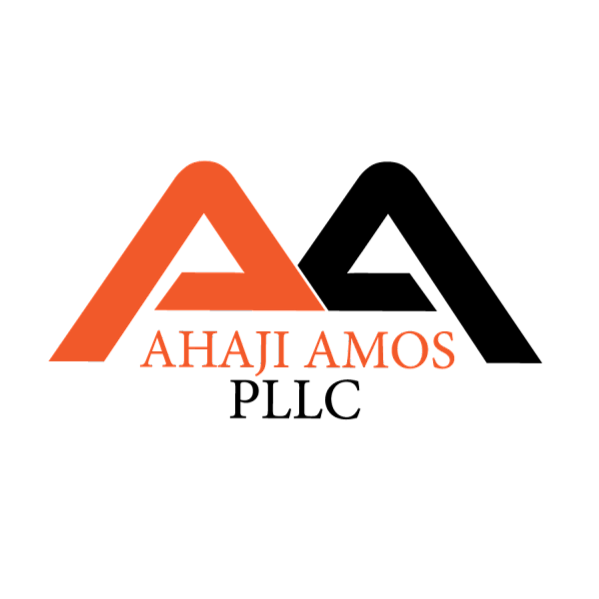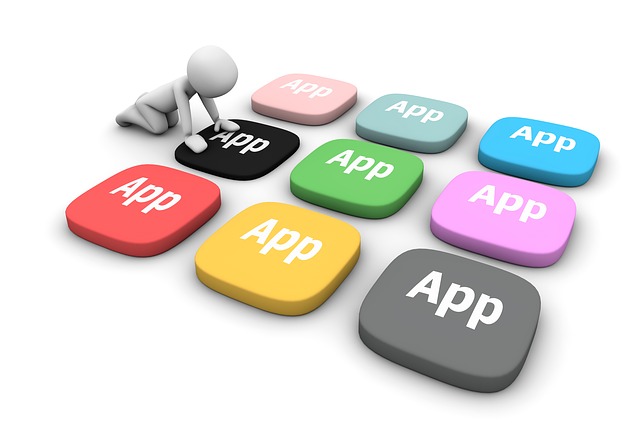
BLOG
ACCEPTABLE TRADEMARK SPECIMENS: 101
This post explains the types of specimens acceptable to the United States Patent and Trademark Office.
If you have applied for a federal trademark registration the United States Patent and Trademark Office ("USPTO") will require specimens that demonstrate current trademark use associated with the goods or services identified in your trademark registration application. The widespread misunderstanding of bona fide trademark use leads to frustration when providing proof of trademark use (specimen), which is necessary to both obtain and maintain a federal trademark. This post is meant to address the most common issues with trademark specimens.
INTERSTATE COMMERCE
First, the specimen must demonstrate how the trademark is used in interstate commerce. That means the specimen must show how the trademark is used in association with a good or service that has been sold between citizens of different states, the U.S. and a foreign country or U.S. territory, or another type of commerce regulated by Commerce.
TRADEMARK USE
Second, The USPTO wants to see that the trademark is being used as a trademark, not as a design. A trademark is a source indicator for goods or services. As such, an applicant should provide a specimen that shows the use of the trademark where a consumer would typically look to find the source of a good. The trademark does not necessarily need to be affixed upon the good but must be used in a manner that distinguishes the supplier of the source of the good from others.
ONE SPECIMEN PER CLASS
Lastly, one specimen must be submitted for EACH class sought in the trademark application.
EXAMPLES:
Examples of Suitable Trademark Specimens:
labels and tags (shirt tag or collar)
stamps (bottom of plate)
stencils (skateboards stenciled with the manufacturer)
cd/DVD/videotape/audiotapes (sound marks)
commercial packaging (jewelry)
website pages (online commerce, services)
displays, including electronic (services)
banners (services)
shelf-talkers (displayed near goods being described)
window displays (services)
menus (restaurants)
infomercials (goods or services offered on tv)
point of sale web-page (showing a clear means for purchasing goods or ordering services)
scratch n' sniff stickers (smell marks)
manuals (included with goods)
Unacceptable specimens:
any specimen with (you must wait until the trademark issues, allowance is not enough)
flyers
business cards
email addresses
street addresses
"contact us" buttons
copy of drawing/trademark alone
package inserts
invoices
announcements
order forms
bills of lading
leaflets
brochures
printed advertising material
circulars
press releases
Ahaji Amos is patent and trademark attorney with 17 years of experience in intellectual property litigation and prosecution at Ahaji Amos, PLLC, a law firm that represents startup and small businesses in all matters including patent prosecution, trademark prosecution, copyrights, trade secrets, oppositions, cancelations, equity funding and commercial litigation. Ahaji Amos, PLLC is dedicated to representing entrepreneurs, inventors, and innovators.
This article is for information and advertising purposes and does not constitute legal advice. No attorney-client relationship is formed in the absence of a fully written and executed engagement agreement between Ahaji Amos, PLLC and its clients. Ahaji Amos can be reached at ahaji@ahajiamos.com. More information can be found at https://ahajiamos.com.












